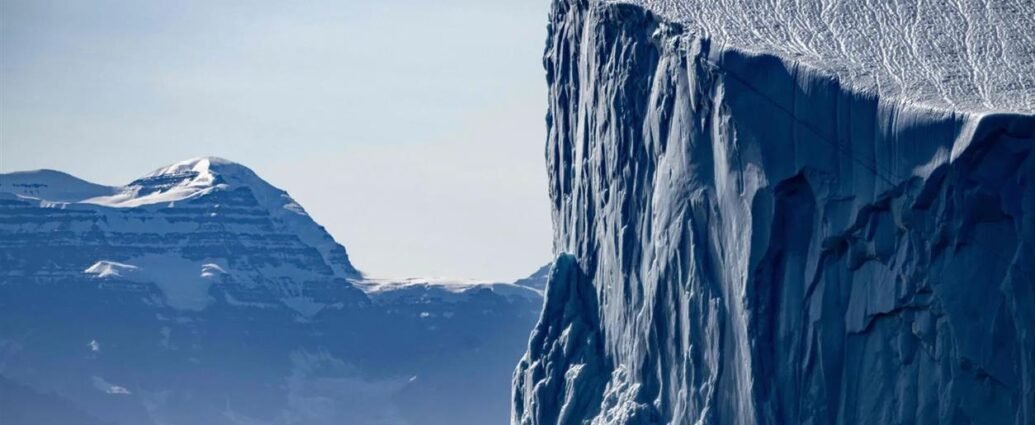Globally glaciers are disappearing at an accelerated rate. A recent study published in Nature shows that ice loss has increased rapidly because of human-induced climate change.
The research shows that ice loss during 2000–2011 averaged at 91 billion tons per year but rapidly increased to 346 billion tons per year during 2012–2023. In 2023 it reached an unprecedented single-year high when scientists measured 604 billion tons of ice melting, underscoring the escalating impact of global warming on polar ice sheets.

To put this in perspective, a single year’s loss of 273 billion tons of ice equals the water needed by all humans to survive for 30 years, assuming each person drinks three liters per day. This means that the rapid speed of climate change exceeds all previous predictions about its development.
The rate of acceleration is even higher than the most recent assessment by the United Nations IPCC climate panel, as Agence France-Presse reports.

The study also points out that numerous small glaciers located across Alaska and Central Europe may not even survive this century. The fastest glacial retreat is occurring in Alaska while in the Alps, many glaciers have lost as much as 39% of their ice since 2000. If the present rate of melting continued, Alps may be ice-free within our life time.
This rapid melting is largely driven by human activity, particularly the burning of fossil fuels like coal, oil, and natural gas. The accelerating loss of glaciers is not just a sign of environmental change — it’s a stark reminder of the devastating effects of global warming, driven by human activity. The urgency of addressing climate change has never been clearer.






